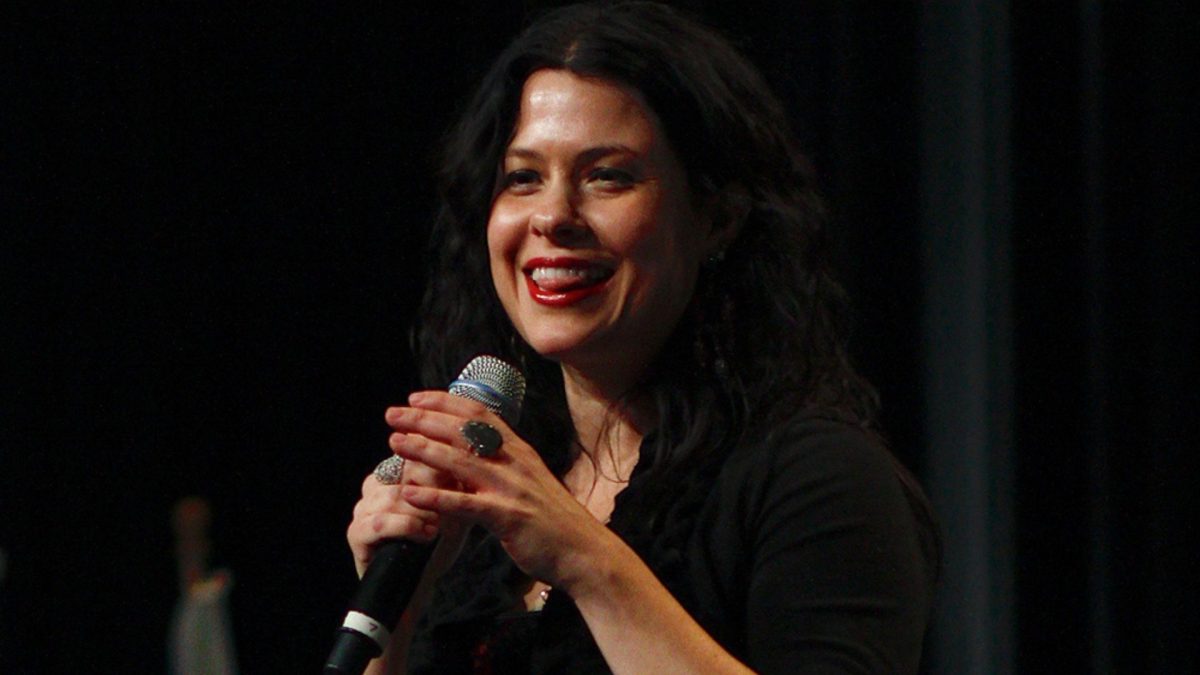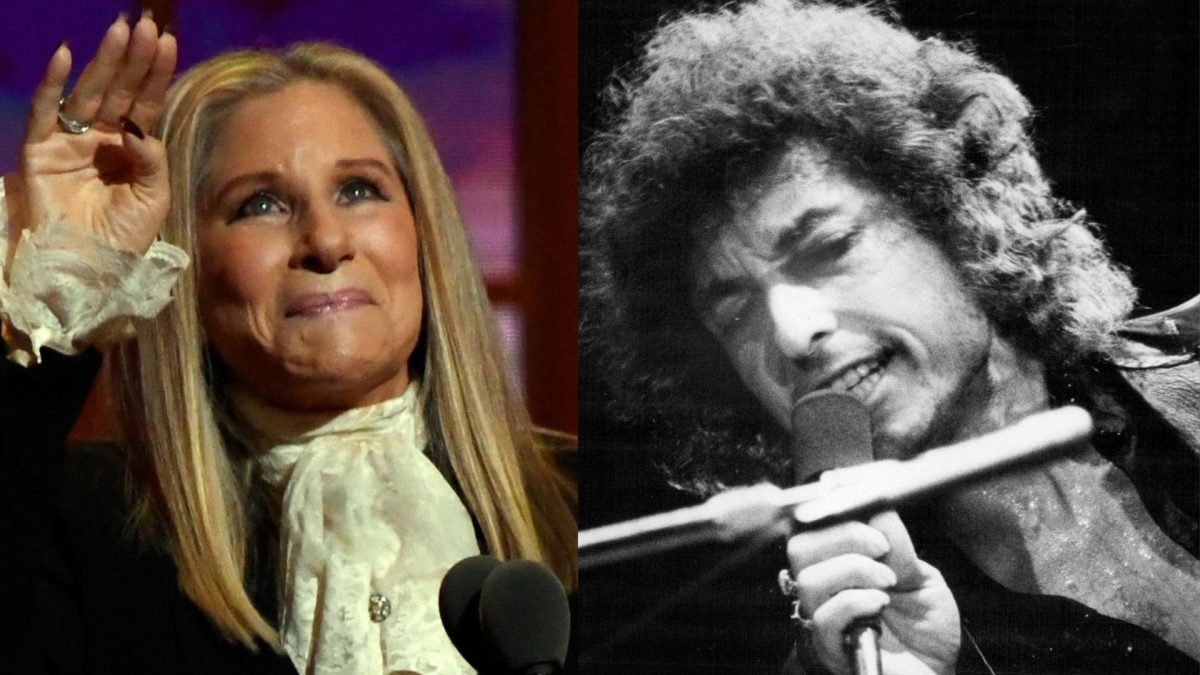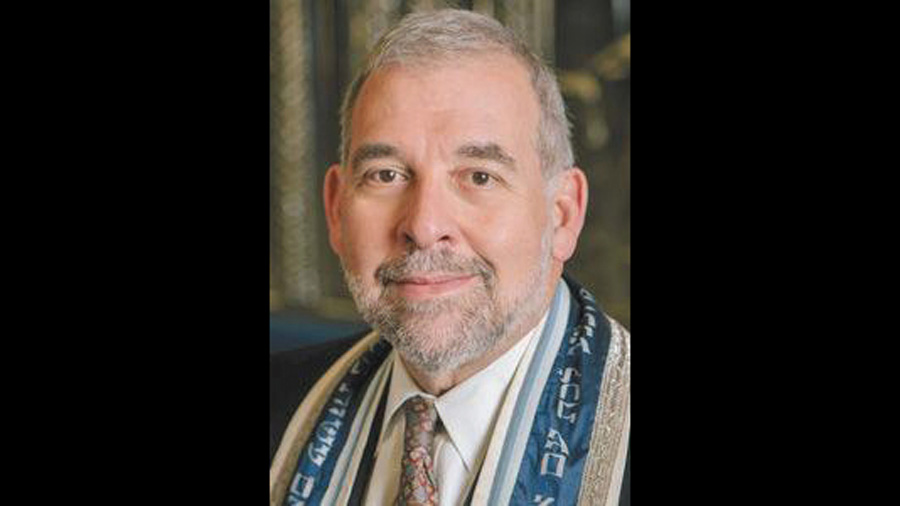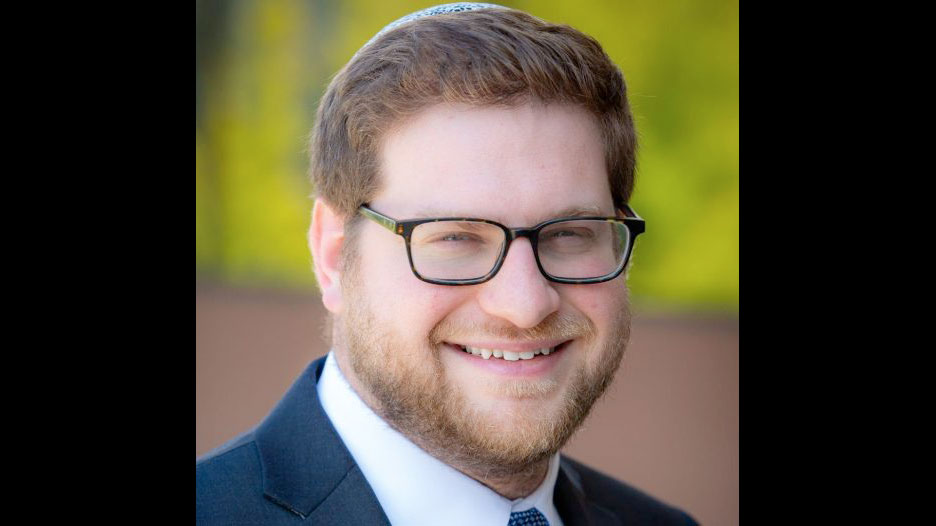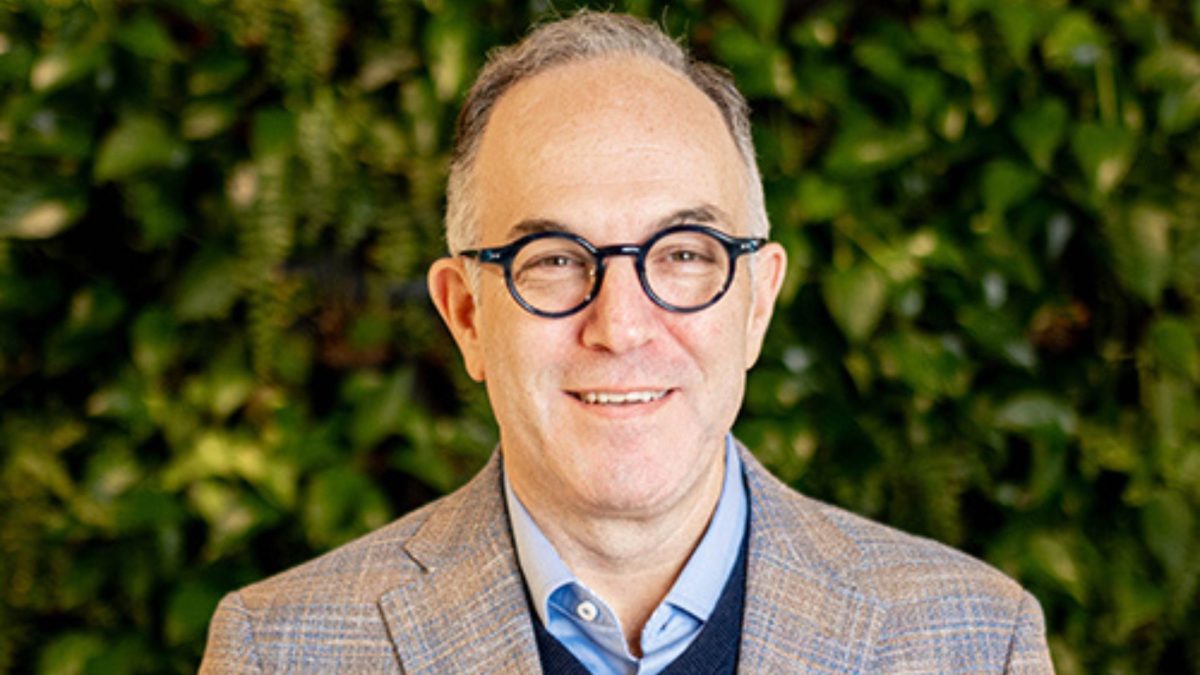Last fall, I interviewed Franki Cambeleta about horror films and the horror film festival at the Hi-Pointe Theater last October. Cambeleta is the owner of Shift Films and host of the “Haunted Garage” and the “Lost Boys of Hannibal” podcasts.
I had never given much thought about horror films, podcasts or TV shows being part of the arts, but horror films are indeed a legitimate genre of film. Not only do these types of movies often cost the least to produce, but they’re also the genre that creates the most revenue.
Wikipedia says horror is a film genre that seeks to elicit fear or disgust in its audience for entertainment purposes. Horror films often explore dark subject matter and may deal with transgressive topics or themes. Broad elements include monsters, apocalyptic events and religious or folk beliefs. Horror films have existed for over a century.
I remember from my youth horror/really scary films, such as “The Blob,” “The Thing,” “Psycho,” “Dracula” and “The Exorcist” as well as TV’s “The Twilight Zone.”
I started Googling and found that “the sky’s the limit” on books written about the horror genre. Just a sampling includes “Awful Awesome: Horror Volumes 1 and 2,” “Lost in the Dark: A World History of Horror Films” by Brad Weismann, “Robin Wood on the Horror Film: Collected Essays and Reviews (Contemporary Approaches to Film and Media,” “The Monster Show: A Cultural History of Horror;” Revised Edition with a New Afterward” and “Screaming for Pleasure: How Horror Films Make You Happy And Healthy.” The list goes on and on.
The history of horror films is one that was described by author Siegbert Salomon Prawer as difficult to read as a linear historical path, with the genre changing throughout the decades, based on the state of cinema, audience tastes and contemporary world events.
Horror films may incorporate incidents of physical violence and psychological terror — they may be studies of deformed, disturbed, psychotic or evil characters; stories of terrifying monsters or malevolent animals; or mystery thrillers that use atmosphere to build suspense. The genre often overlaps with science fiction and film noir.
In the earliest horror films, which were influenced by German Expressionist Cinema, the effect of horror was usually created by means of a macabre atmosphere and theme. “The Student of Prague” (1913), an early German film dealing with a dual personality, and “The Golem”(1915), based on a medieval Jewish legend of a clay figure that comes to life, were the first influential horror films.
In the 1920s, German silent horror films such as “The Cabinet of Dr. Caligari (1920),”Nosferatu” (1922, the first filming of the Dracula story) and “Waxworks”(1924) were known throughout the world.
The great popular success of Dracula (made in the United States in 1931) and “The Mummy” (1932) led to a long series of successful horror films including “King Kong” and “The Black Cat.” Certain actors also grew to prominence in this genre during its early years, including Boris Karloff, Bela Lugosi and Basil Rathbone.
In a 2021 article for Reporter magazine, Tommy Delp writes: “Horror has always been considered the seediest genre of film. From the monster movies of the 1930s to the slashers of the 80s, horror has been eliciting shrieks and opposition of the general public throughout its existence.”
The 2017 movie “Get Out” showed that general audiences could accept a horror film that did much more than make people jump in their seats. The film won the Academy Award for Best Screenplay and opened the doors for a similar group of films looking for more intelligent ways to scare audiences.
Cambeleta talked about the last Horror Film Festival, explaining that there were a couple of panels in which mental health experts spoke. That reminded me of famous psychological interpretations by luminaries such as Karl Jung and Sigmund Freud, who often talked about nightmares and horror stories.
Freud proposed the concept of “catharsis,” whereby a release of strong or repressed emotions are therapeutic. This is in and of itself an entire way of looking at horror films and one’s reactions to them.
And then we can look at the directors and writers of horror films and stories such as Alfred Hitchcock, Vincent Price, Stephen King, Josh Malerman, Bram Stoker and Anne Rice, each of whom provides their own unique commentary on the genre.
As you can see the horror film genre runs a lot deeper than one might imagine. That said, I for one have become a “fraidy cat” in my old age and have no desire to be scared, frightened or terrified. Yikes!







